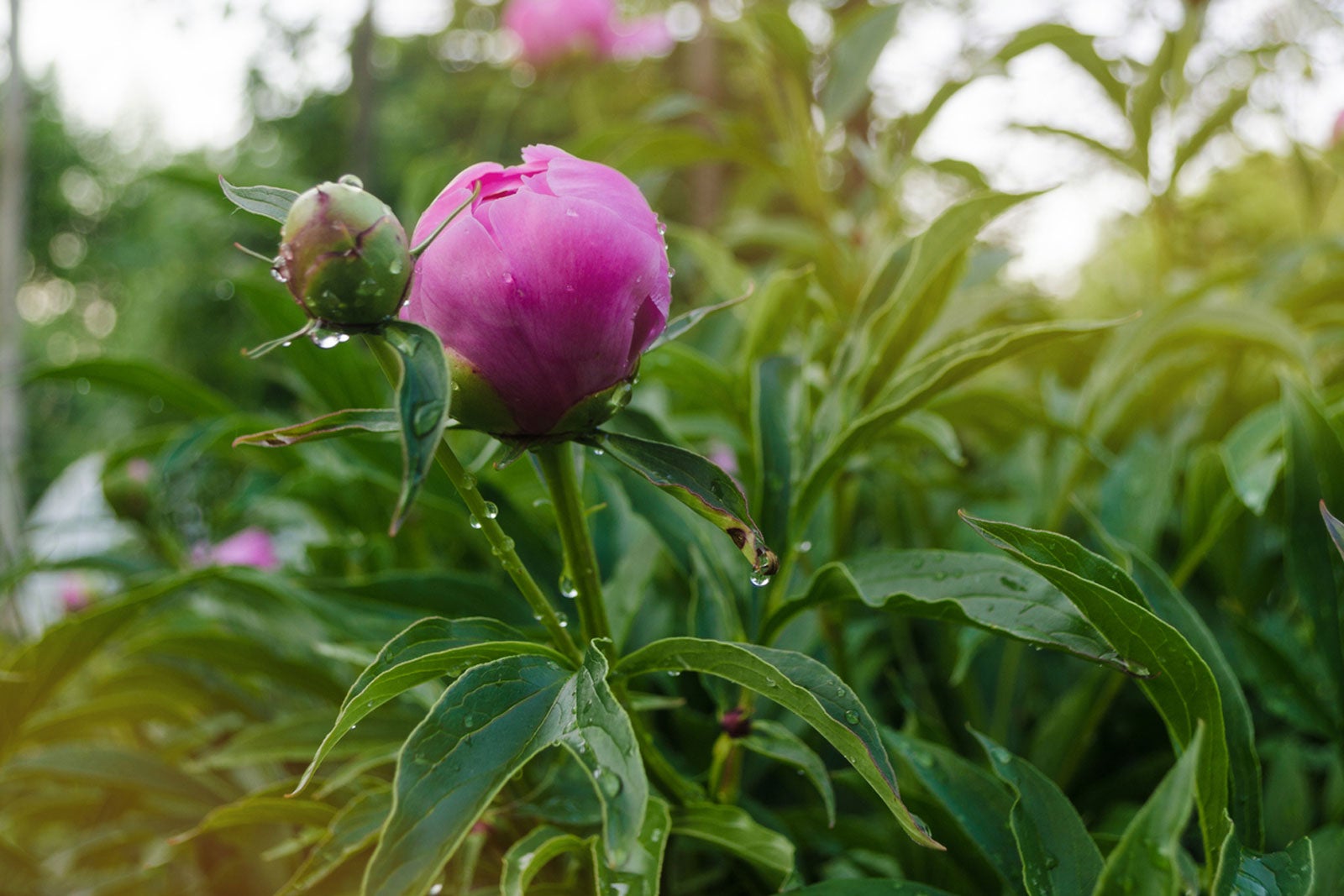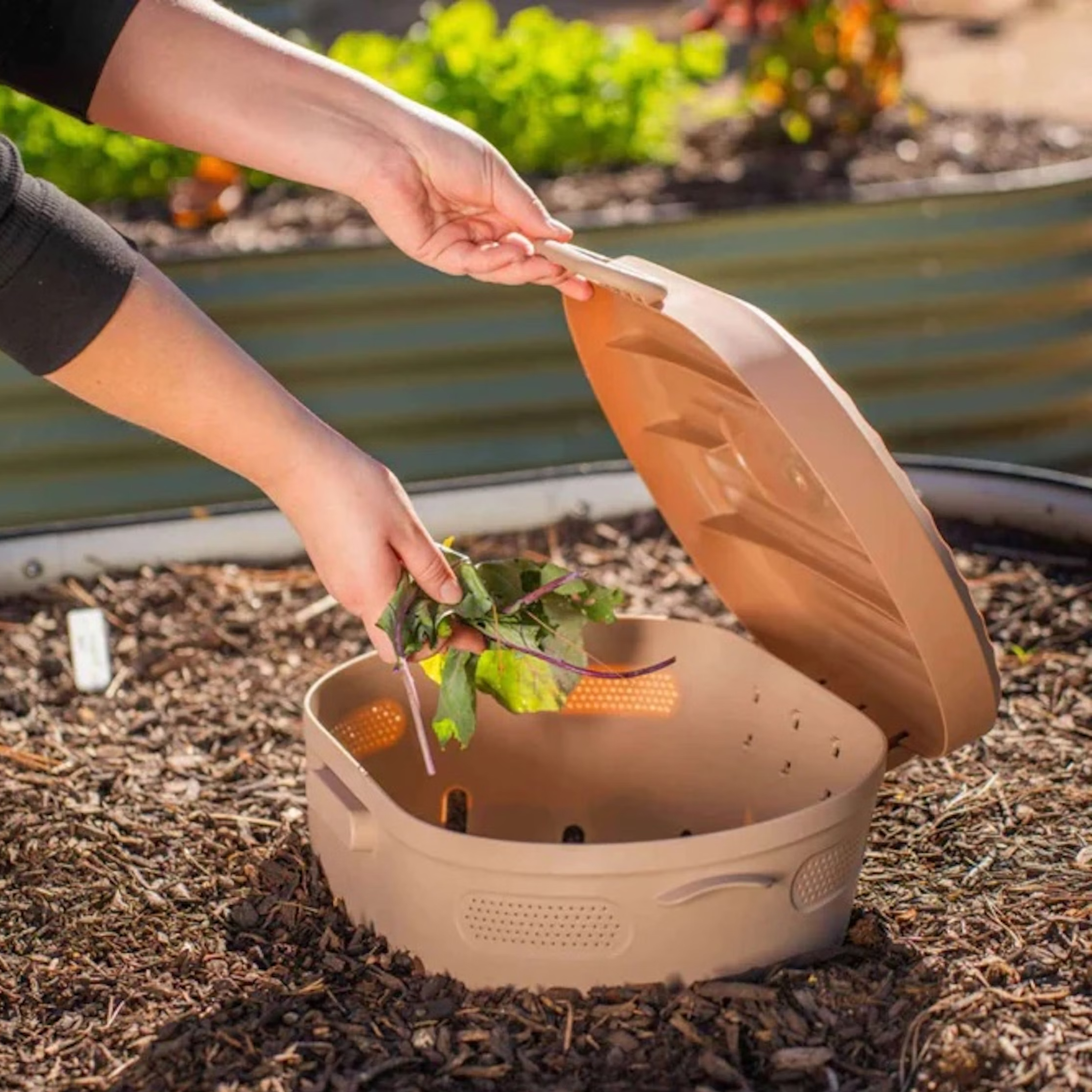Problems With Peonies: Reasons Peony Buds Don’t Develop


Peonies are among the most anticipated summer flowers, with buds opening into glorious pink, white, or crimson flowers. If you see peonies (Paeonia spp.) with bud blast, you surely will be disappointed. When your peony flowers wither in the bud, they may be suffering from bud blast of peonies. Read on for information about what causes this and how to prevent it.
Bud Blast of Peonies
Peonies with bud blast start off with normal flower development. However, it doesn’t last very long, and the buds don’t develop into flowers. When the buds are still small, they turn brown or black and wither.
Experts used to say that this condition, termed bud blast of peonies, was caused by botrytis blight, a fungal disease. Now it is recognized that these problems with peonies are often caused by improper cultural care.
What Causes Peony Bud Blast?
When peony buds don’t develop, you can still assign the problem the name of bud blast. This term describes the symptoms rather than a disease or pathogen. Any time peonies do not get the growing conditions they require, it can result in bud blast.
One factor that causes bud blast of peonies is inadequate irrigation during dry periods. Other primary causes are not enough sunlight or too little nutrition.
Peonies with bud blast can also be caused by too little potassium in the soil, sudden drops in temperature while the buds are developing, overcrowding, and overly deep planting. Root nematodes are another potential cause, as is botrytis blight.
How to Prevent Problems with Peonies
Given that these problems are most often the result of environmental stresses, the gardener can take steps to prevent them. The best way to avoid bud blast is to provide your plants with good growing conditions.
Gardening tips, videos, info and more delivered right to your inbox!
Sign up for the Gardening Know How newsletter today and receive a free copy of our e-book "How to Grow Delicious Tomatoes".
Take care when you select a site for your peonies, making sure to provide the plants with sufficient sun and organically rich, well-draining soil. Peonies do best with regular irrigation and fertilizer. Mulch well in the winter to protect the plants from sudden freezes.
You’ll also do well to keep an eye on the plants, and divide them when they start getting too crowded. Good air circulation as well as sun exposure prevents fungal issues.

Teo Spengler is a master gardener and a docent at the San Francisco Botanical Garden, where she hosts public tours. She has studied horticulture and written about nature, trees, plants, and gardening for more than two decades. Her extended family includes some 30 houseplants and hundreds of outdoor plants, including 250 trees, which are her main passion. Spengler currently splits her life between San Francisco and the French Basque Country, though she was raised in Alaska, giving her experience of gardening in a range of climates.
-
 Try The Trend – Turn Any Bed Into A Keyhole Garden With This Clever In-Ground Composter
Try The Trend – Turn Any Bed Into A Keyhole Garden With This Clever In-Ground ComposterKeyhole gardening is an efficient and sustainable practice that saves space. Get started on this DIY project quickly and easily with an in-ground composter.
By Bonnie L. Grant
-
 4 Superfast Composting Methods: Turn Waste Into Garden Gold In 30 Days Or Less
4 Superfast Composting Methods: Turn Waste Into Garden Gold In 30 Days Or LessTry the fastest composting methods to turbocharge your pile and transform kitchen scraps and garden waste into finished compost in just a few weeks.
By Mary Ellen Ellis